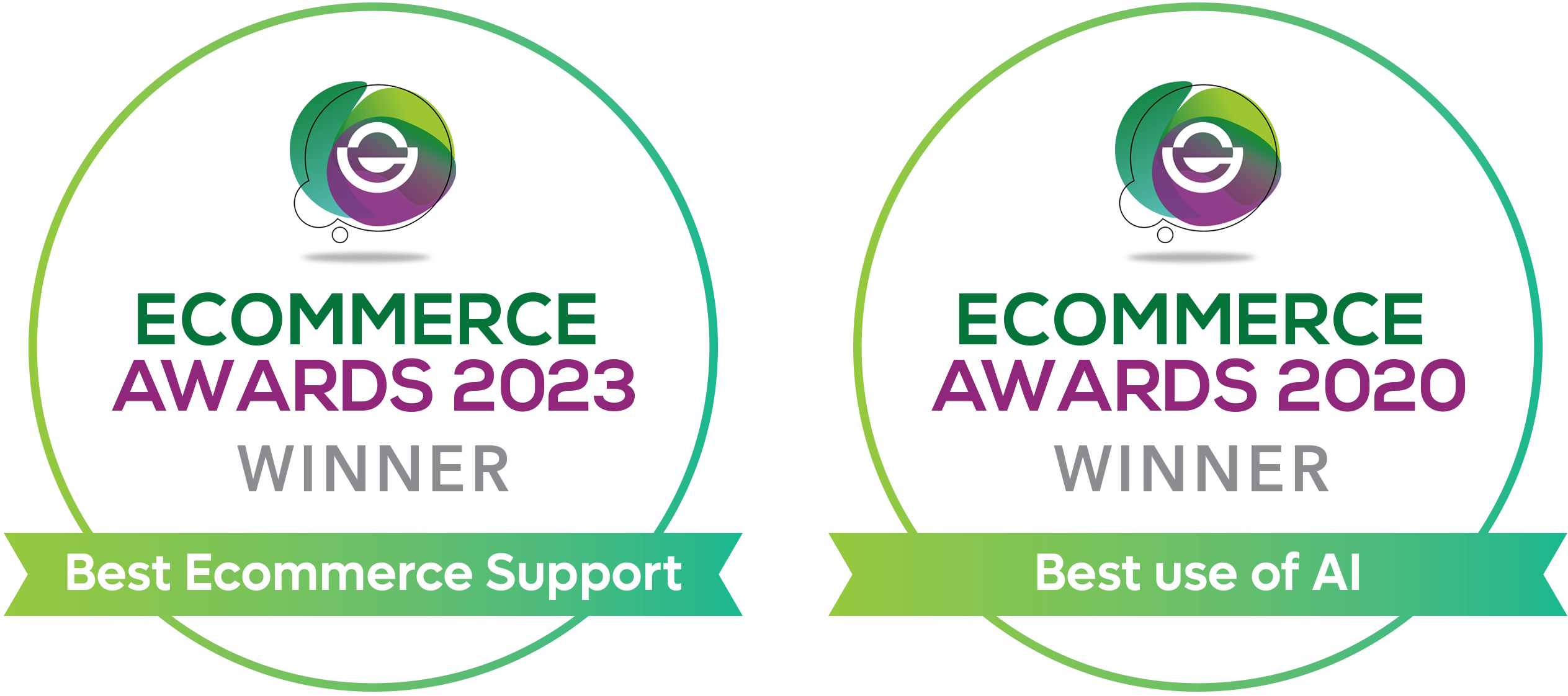One size does not fit all
– why custom analysis wins
Why custom-build analytics platforms win over SaaS for marketing measurement
In a marketing and ecommerce landscape which is complex and ever changing, the old adage, “one size does not fit all,” has never been more true. Standard Software as a Service (SaaS) platforms, with their generic algorithms and template analytic dashboards, offer a conundrum for marketers: offering data in huge abundance yet lacking any of the precision and relevance that brands genuinely need to navigate through the intricate pathways of the digital customer journey, for their brand.
The introduction of Google Analytics 4 has underscored this challenge. Google quite rightly dropped the template ecommerce user journeys assumptions that underpinned their previous reports, and increased the ability for users to ‘build their own’. While this introduces much needed flexibility in analysis, it just gives the puzzle of finding where marketing waste and opportunity lies, back to the users.
Out of the box measurement platforms much smaller than GA have the same problem. They try to solve generalised problems well for everybody and so end up solving specific problems badly for each marketer that uses them.
While these SaaS analytics platforms provide a starting point, offering basic insights and an overview of estimated marketing performance, they often fall short in capturing the nuanced behaviours, unique customer journeys, and specific touchpoints that are unique to each brand. Custom build analytics is always able to go far beyond this, by providing analysis fully aligned with user objectives, incorporating user feedback, and leveraging first party customer data for the brand itself.
The unparalleled power of custom marketing measurement
Custom marketing measurement, when done right, doesn’t just measure, it provides clear directions for action. If you are confident of the relationship between your customers, your marketing, your data and your KPIs, then you can steer a clear path towards maximising these KPIs.
Now it is true that pretty much all brands want similar things for marketing and measurement i.e. to reduce marketing waste, improve ROI and grow sales. However the strategy they pursue, and the balance of these objectives, varies hugely from case to case. Some brands want to grow as fast as possible to take market share. Others are more focussed on protecting margin and making each marketing campaign count. Some want to build long term brand salience and repeat custom. Others have a brand presence which they want leverage for a new product range. Some sell high volumes with a quick turnaround, others have long research and consideration periods before customers commit. Even the way in which ROI is calculated varies from brand to brand. And this is before we even consider the huge range of marketing and sales channels that brands employ. A standard plug and play analytics tool simply cannot address all of these nuances.
Some of the many tangible benefits of custom analytics –
- Choosing The Best Data & Methods: Starting with your strategic marketing objectives, a custom approach aligns data and methods with your business, not the other way around.
- More Accurate Measurement: Ensuring every marketing decision is data-driven and rooted in accuracy, with ML models trained only on your first party data and not everyone else’s.
- Greater Expert Involvement: Offering an expert-led approach, enhancing everything from analytics reporting to senior team presentations.
- Strategic Linking of Data: Bridging the gap between marketing, customer and transactional data, by linking them together for a more customer centric view.
- Product and Customer Retention Analysis: Identifying high-value products and crafting strategies for customer retention and growth.
- Enhanced Customer Understanding: Gaining deeper insights into customer journeys and behaviours.
- Product Line Analysis: Identifying and focusing on high-value products.
- Maintaining Alignment Between Models and Reality: Tracking ML model predictive accuracy as circumstances develop and then re-modelling when required.
- Predictive and Simulative Capabilities: Enabling “what if” scenarios to optimise the marketing mix and strategy.
Users know the difference
As analysts we know the difference in quality when we experience it. Data analytics is rarely fun (although for us geeks it can be genuinely exciting!..) but it does not have to be a perpetual riddle of data gaps and searching around for the right way to spin charts and tables that rarely seem to make sense or agree with each other.
Many marketers do not want to have to deal with data analysis at all. They just want answers that are aligned with their business objectives and with numbers they can trust. Marketers usually want to get on and manage budgets with full confidence that they are not wasting precious company money so they can focus on campaigns that demonstrate great results. This is all so much easier when you know the reports you do use are specifically designed and curated to align with your goals.
In a world where data is abundant but insights are scarce, a custom approach to marketing measurement isn’t just helpful; it’s essential. It’s the key to unlocking opportunities, optimising budgets, and ensuring that you can get the absolute maximum leverage over your data, ensuring not a single penny or prospect is left on the table.
Do you need something like this?
If so just contact us: hello@metageni.com













